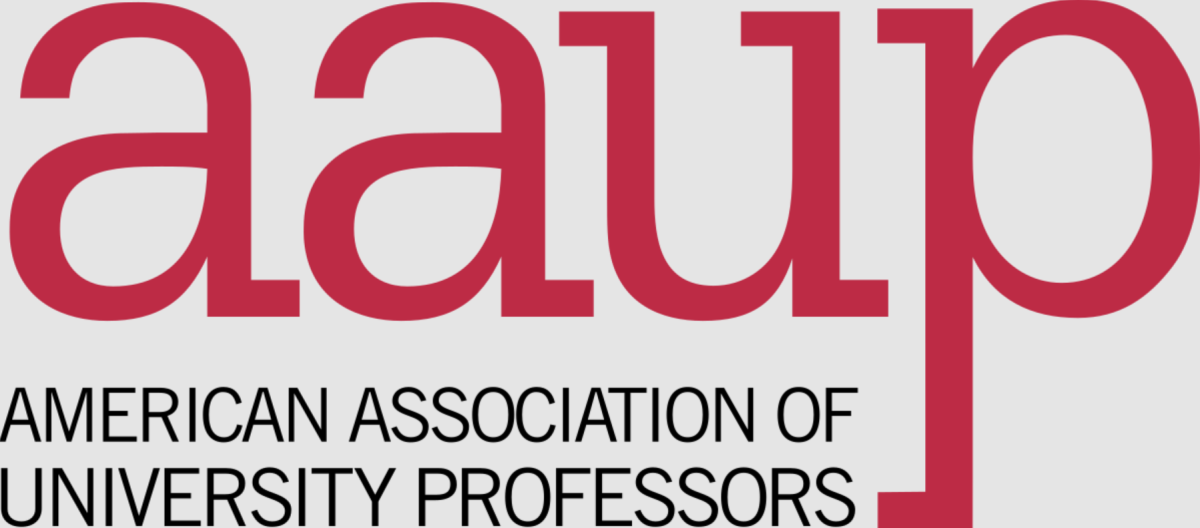Digitalization is devouring most aspects of life. As it relates to students, the shift towards online textbooks isn’t new, but with classes insisting on pushing online resources, it is upsetting nonetheless. In fact, contrary to computerized trends in society and education, the staggering majority prefer reading from print.
This preference makes perfect sense when considering some of the most basic aspects of each option. On one hand, you can carry a textbook with you wherever you go. Likewise, laptops and other electronic devices are transportable, but you may need internet or an outlet for charging to access readings. Tangible books are often said to be easier to mark up with comments and highlighting. Similarly, it is common to have the ability to highlight and mark up online texts as well, but having to click and drag to select text isn’t as effortless as dragging a handheld highlighter across a page.
Although a heavy backpack is a literal pain, many find that this is a worthy sacrifice. Apart from personal preferences, there are several reasons why the old-school way of reading and studying is far from obsolete.
Not only is electronic reading straining on the eyes and head, but it results in lower rates of retention and comprehension. We’re free from the temptation to open a new tab and divert our attention when reading a book, and as such the advantage of hard-copy comprehension has only increased since 2000.
Some believe that this preference of physical books is ‘emotional’ or ‘nostalgic,’ but several Generation Z’s such as myself, those who have had technology at their disposal for most of their lives, report this preference as well.
Already, many of our jobs and forms of entertainment rely on screens. In addition to this, the average person spends upwards of 3 hours on their phone each day. Screen-time has several health implications on the eyes such as strain and nearsightedness, but the effects likely go far beyond this, as extensive screen-time has been linked to physical changes in the brain.
Considering the weight of studying and homework assignments, the lower rates of retention when reading on a screen and the health implications of screen-time, hardcopy textbooks shouldn’t continue on the downfall.
Surprisingly, hardcopy textbooks are notorious for being much more expensive than the online alternatives despite production costs that are tiny in comparison. Although online textbooks are usually substantially less expensive, when access to homework assignments and textbooks has to be purchased together through digital learning platforms such as Cengage, the costs can be comparable to those of physical textbooks. On that note, if cost was no object, the majority of students report that they would prefer print.
Yes, society is trending to be more tech-focused, but trends in academics need to consider how they affect real-world learning rather than simply following the patterns of society as a whole. A line has to be drawn, technology has made countless processes unimaginably more convenient, quick and easy. However, every so often, conventionality prevails. E-books should continue to be available for those who prefer them, but not at the expense of hardcopy textbooks. Digitalization’s conquest needs to surrender to print textbooks.














